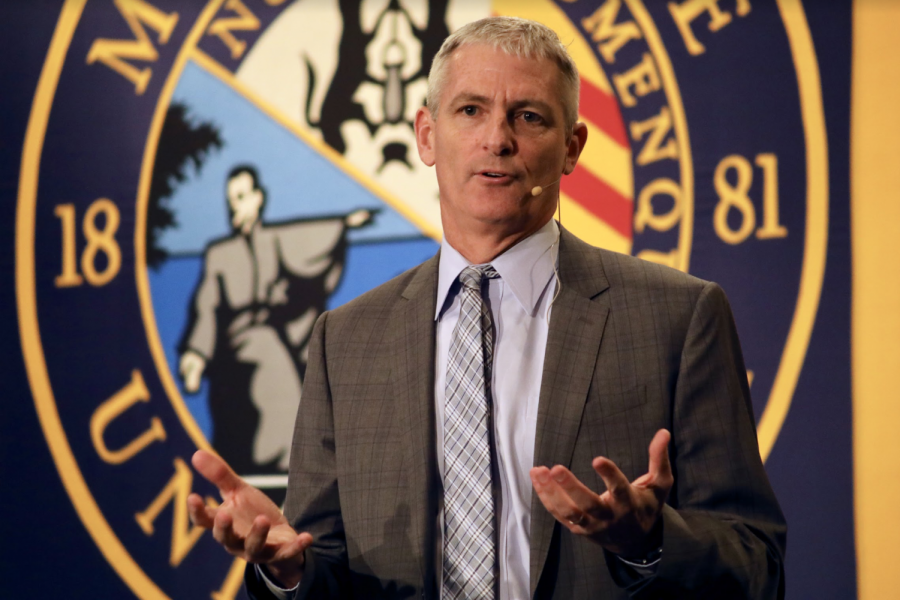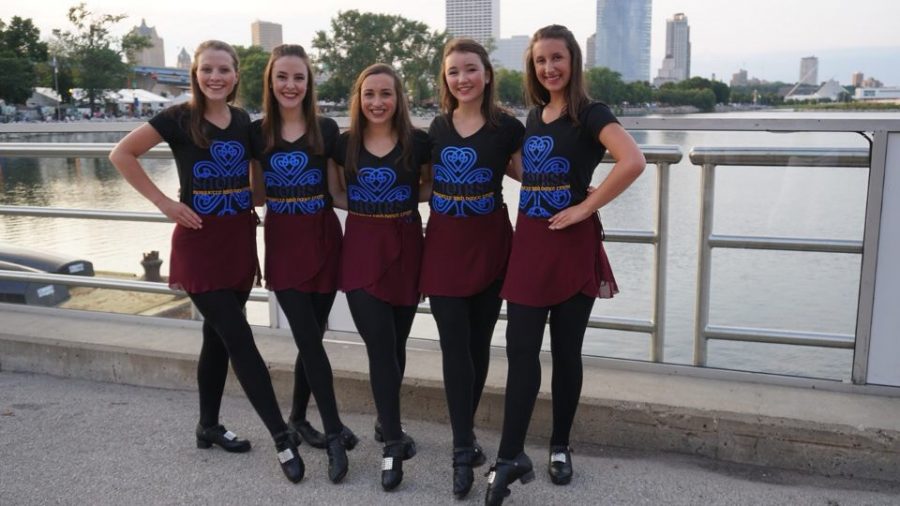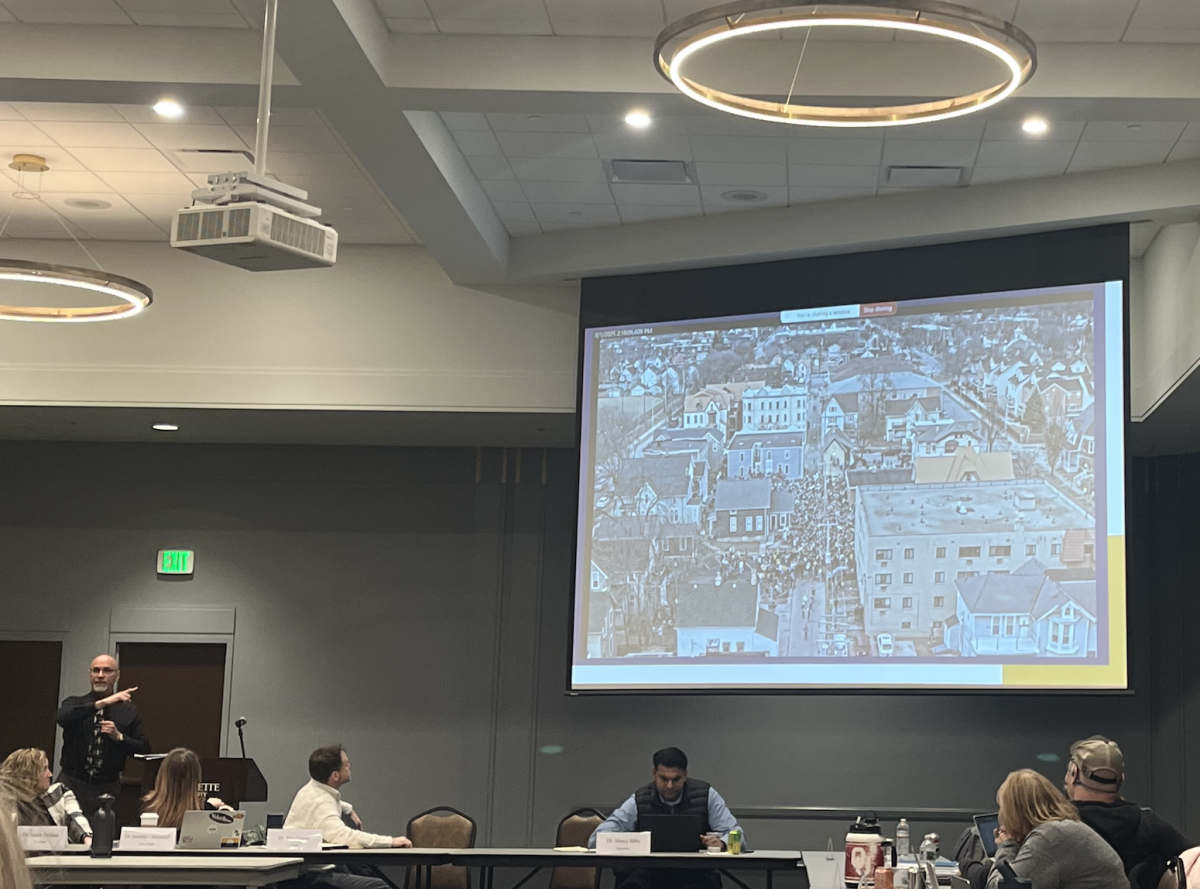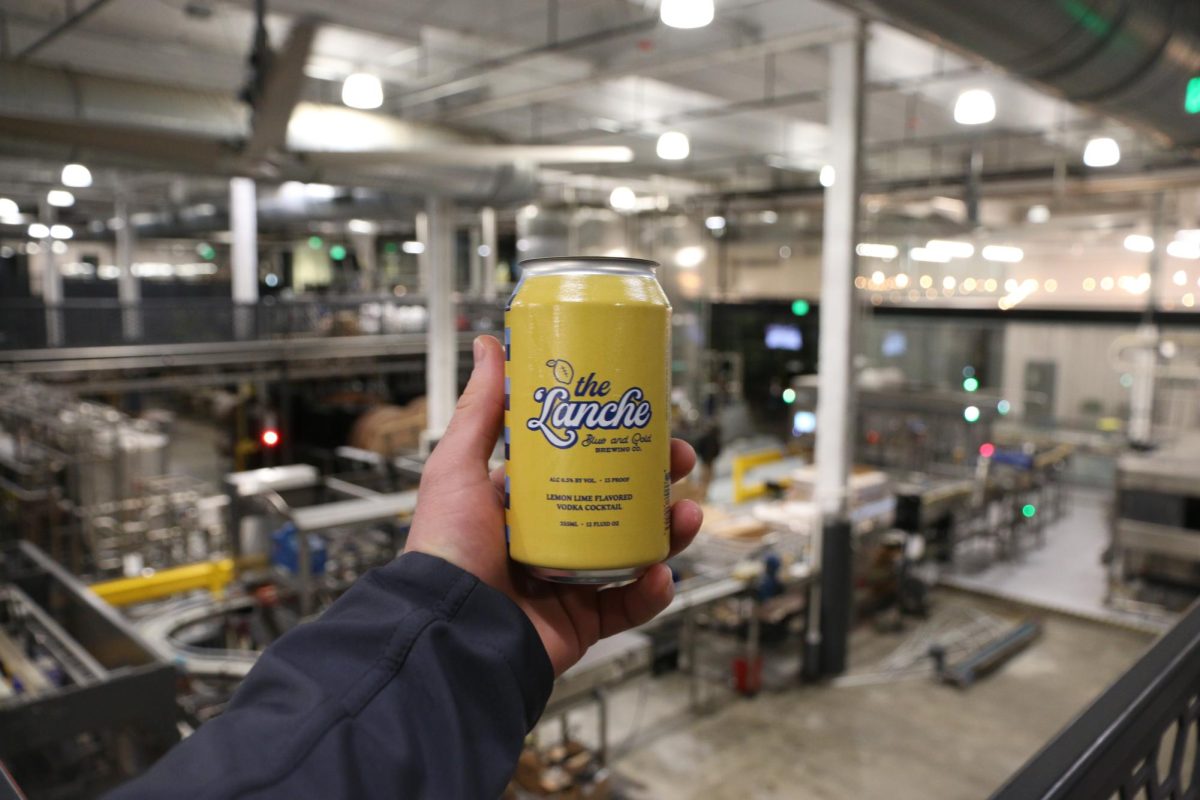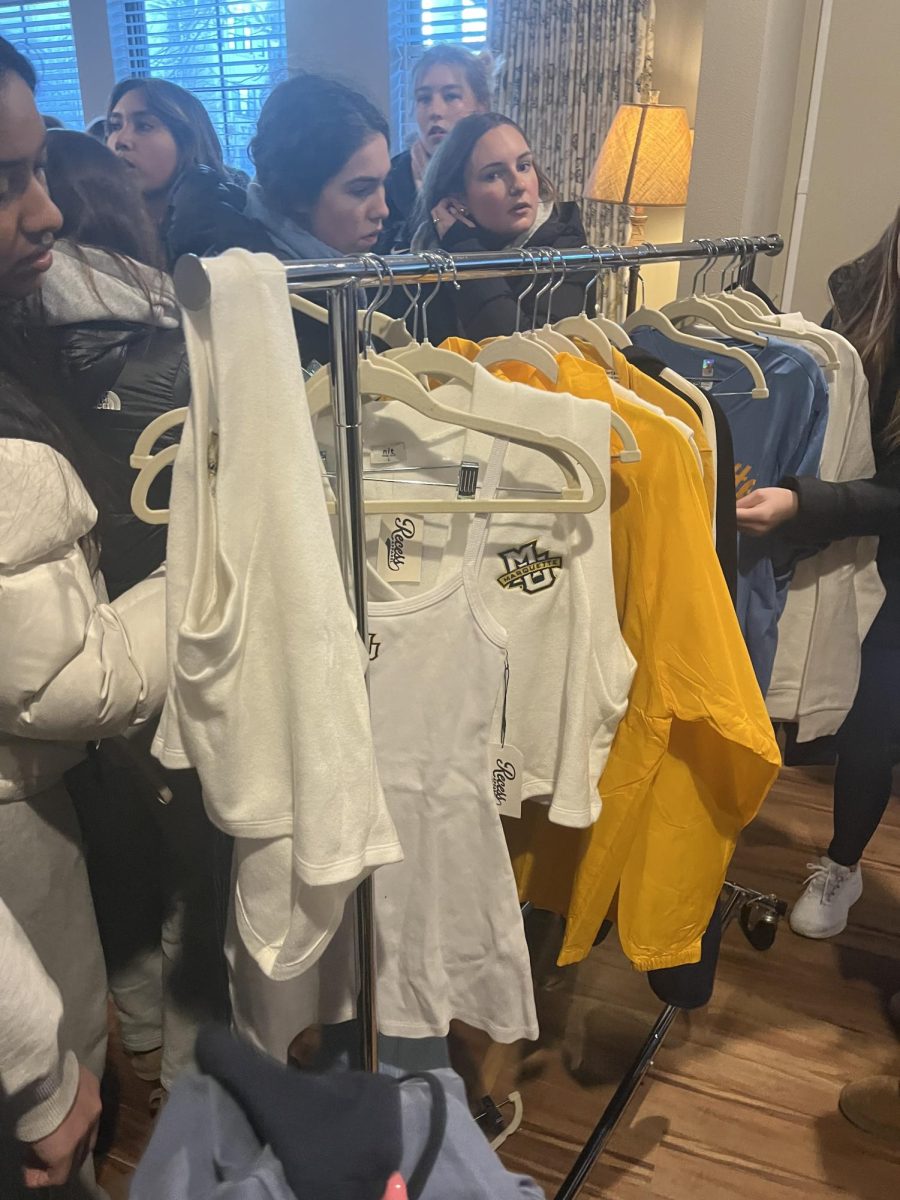If I can legally buy a house, rack up thousands of dollars in student loan debt, vote and give up my life for the United States all at the age of 18, I should be able to have a beer.
From 1971-1977, thirty states, including Wisconsin, lowered their drinking age to 18 because young men were being sent off to war. The mentality behind this should still stand in our present-day understanding of drinking habits — if you can fight in a war, you should be able to buy yourself a drink.
However, due to an uptick in teenage drunk driving incidents, Congress passed the National Minimum Legal Drinking Act in 1984, which forced states to pick whether they wanted a percentage of federal highway funds or if they wanted to keep the legal drinking age at 18.
As of 1988, the 30 states with the drinking age previously set at 18 have raised the minimum age to 21 and created a double standard for the age of adulthood.
As students arrive at college, they get what I consider a “trial run” for adulthood. Students live on their own, take out copious amounts of loans and decide what they want to do with their lives, all of which are tremendous responsibilities, but having a drink is considered “too adult”.
While there are some risks of drinking, such as the higher risk for long-term effects on the brain, obesity and alcoholism, these are risks that everyone takes when indulging in a drink regardless of age. The healthiest thing for a person to do in their drinking habits is to give up alcohol entirely; however, this is not a realistic goal for a majority of Americans as 54.9% reported that they have consumed alcohol within the past month as of 2022.
For college students specifically, even though students aged 18-2o cannot legally drink, the law rarely stops them from doing so. 32% of underage college students in 2022 admitted to alcohol consumption. In fact, it makes the act of drinking even more dangerous because students will go to parties where they may engage in unsupervised binge drinking.
The issue is not with having a drink. The issue is with students that engage in unsafe behaviors, as they are uneducated about and may not understand the risks of alcohol consumption, such as drunk driving and binge drinking.
The national minimum legal drinking age did not stop drunk driving, just like it did not stop underage drinking. Instead, it raised the age bracket that drunk driving affected to 21-24 year-olds, because we have not stopped the problem at its root. We have ignored the real issue: not properly educating our youth on how to properly take care of ourselves when they are drinking.
Binge drinking is characterized by drinking five or more drinks for men and four or more drinks for women in the time span of two hours. This could lead to several health issues including alcohol poisoning, violence and chronic diseases. However, the age group that typically suffers from binge drinking the most is 18-34 year-olds.
This is the exact kind of culture that people are supporting at higher education schools, as students view partying and drinking to get drunk as an integral part of their college experience, as nearly 33% of students reported binge drinking in a month’s time frame.
Drinking is a part of the culture at Marquette University. This is evident over an annual weekend in February known as National Marquette Day, a celebration regarding the Marquette Basketball The weekend was heavily celebrated by going to the games, going to “darties” and engaging in activities that one probably wouldn’t have engaged in sober.
If there’s anyone that’s responsible to engage in safe drinking for 18-year-olds and on, it is Generation Z. Take the “borg” for example. The “borg” was a drink of choice at the NMD celebrations, as it is a water jug that students pour out half of the water, fill some of it with a liquor of their choice, and a flavoring agent, such as Mio or Liquid IV to prevent a hangover. Students will then decorate the jugs to designate which one is theirs and carry it around with them to parties.
This is a much safer alternative than “jungle juice”, which is a vat of a mysterious alcoholic liquid typically found in the basement of a frat house. The danger with “jungle juice” is that anyone could have put anything into, as it was accessible to everyone. The “borg” instead is a closed, personal container that the student can monitor themselves to avoid getting roofied or drinking in excess.
Further, drunk driving can be avoided should students utilize ride-share services, such as the free Marquette-based EagleExpress or Uber. This isn’t an outrageous idea, as 55% of 18-29 year olds in a urban setting already use rideshare services like Uber or Lyft.
There are risks to underage drinking, but that is because there are risks to drinking itself. There are solutions to the problems that opponents of lowering the drinking age insist upon. Drinking in moderation, and education about the effects and ways to be safe regarding alcohol consumption must be the starting point to lower the drinking age to 18.
This story was written by Laura Niezgoda. She can be reached at laura.niezgoda@marquette.edu.


